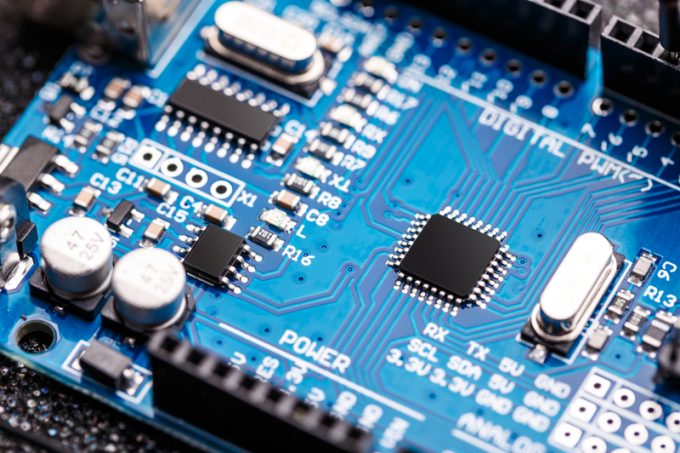Foxconn unveils plan to build electric vehicles – but not in China
Developments this week have laid bare the growing enmity between the US and China, as ...

Last week’s earthquake has added to the tension in the South China Sea in expediting efforts to diversify global semiconductor manufacturing.
The temporary suspension of semiconductor production, due to damaged factories, has reinforced efforts to reduce global reliance on Taiwan’s output.
The world’s largest supplier, Taiwan Semiconductor Manufacturing Company (TSMC), wants to develop its US footprint, and America is only too keen to help.
Adding to February offers of $5bn in loans to help TSMC ...
Maersk u-turn as port congestion increases across Northern Europe
Apple logistics chief Gal Dayan quits to join forwarding group
Maersk Air Cargo sees volumes fall as it aims for 'margin in favour of revenue'
Airlines slash freighter capacity post-de minimis, but 'the worst is yet to come'
Houthis tell Trump they will end attacks on Red Sea shipping
Transpac rates hold firm as capacity is diverted to Asia-Europe lanes
MSC revamps east-west network as alliance strategies on blanking vary
India-Pakistan 'tit-for-tat' cargo ban sparks sudden supply chain shocks


Comment on this article